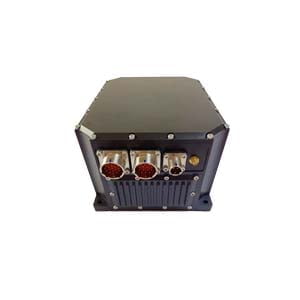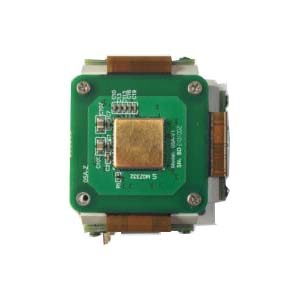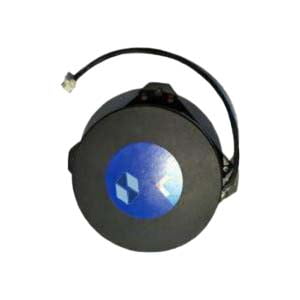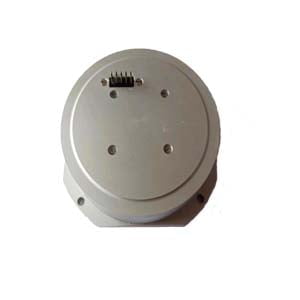Ring laser gyroscope (RLG) has been dominating the inertial navigation market since its first appearance in 1963, and its dominant position is gradually facing the challenge of fiber optic gyroscope (FOG) technology improvement. These technological improvements are slowly occupying RLG's position in the inertial navigation market.
Will MEMS repeat this cycle?
This is a problem worth discussing. Considering that MEMS technology has made great progress in recent years, MEMS gyroscope sensors have achieved higher accuracy, improved error characteristics and better g sensitivity, thus significantly improving the overall MEMS performance. These two technologies now often face each other in tactical and navigation level applications, and there is no obvious winner.
Choosing inertial technology used to be a simple decision, but as the competition between these two methods intensifies, navigation engineers are now forced to consider many factors according to their specific applications, and then choose any solution.
Fog is still dominant in key applications
Optical fiber is still a proven solution for high-end applications, gradually replacing aging RLG technology where possible. This technology still has unparalleled performance, thanks to its extremely low noise fiber optic gyroscope, which can achieve extremely accurate navigation, and low deviation instability and drift compared with other technologies, which is crucial to maintain normal operation in the GNSS denial environment.
Fog INS is indeed considered to be more suitable for key navigation solutions such as deep-sea underwater navigation and aerospace applications. Although its high cost discourages it from the low-end market, end users who are less price sensitive, such as military and commercial aircraft manufacturers, are willing to pay more for the additional accuracy. Its inherent low drift also makes it the first choice for long-term GNSS denial applications, because the overall error range is even lower than the most accurate MEMS ins available.
Due to its fixed installation and no moving parts, fog is also very suitable for stealth operation. Any type of low-frequency vibration can leak its position to the enemy. This is especially true for older mechanical inertial navigation systems, but it is less obvious for the new generation of MEMS, which now provides negligible vibration levels for such applications.
Another unique feature of fog that makes this technology so attractive is its north seeking ability, even in a strong magnetic environment. Contrary to MEMS technology that relies on magnetometers to obtain accurate heading, fog can accurately measure the rotation rate of the earth even when it is moving, and can accurately determine the north direction in a few minutes. This is a particularly popular feature for undersea applications that cannot rely on any GNSS signal for a long time.
Both fog and MEMS accuracy are affected by temperature changes. This problem can usually be alleviated by calibrating the system at a range of extreme temperatures. However, please note that due to the mechanical properties of MEMS, it may be more difficult to calibrate MEMS correctly. The performance of fog will be better after proper insulation and calibration.
Finally, fog INS is not immune to errors in vibration prone environments. However, since fogs do not have any moving parts, they can handle vibration better than their MEMS counterparts. Therefore, fog is the preferred method for the stability of heavy equipment such as mining and industrial applications and aerospace, in which aircraft, especially their wings, will be subject to very high vibration.
More Technical Questions
1.How accurate is MEMS gyroscope?
2.MEMS gyroscope VS FOG: What’s the difference between them?
4.How to Use Acquisition Software of FOG North Seeker
5.What is INS and How does it Work?
6.Development and Application of Inertial Navigation System
Products in Article







